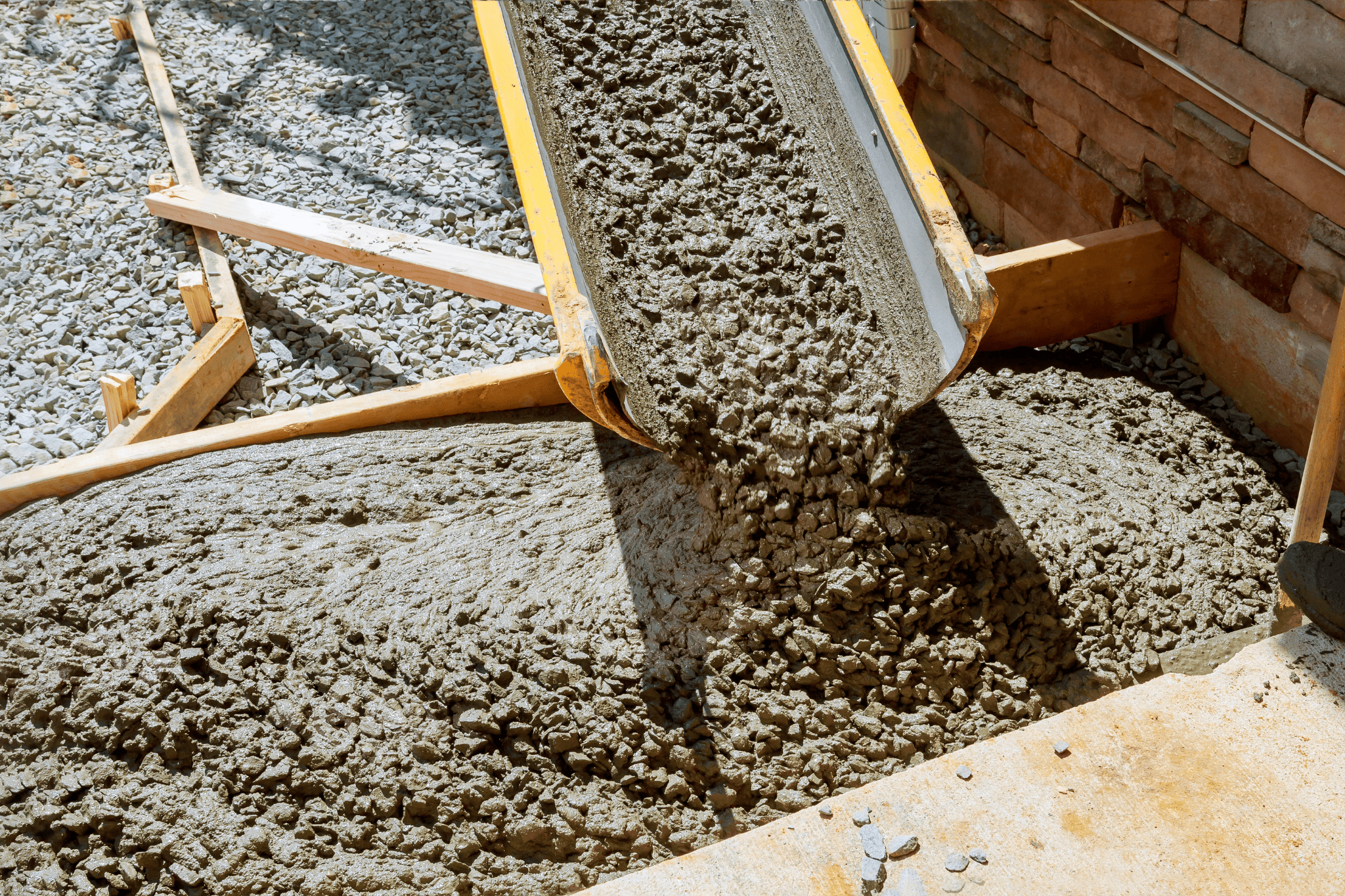Texas Cement: Pouring Concrete in Cold Weather Conditions
The ideal temperature range for pouring concrete is between 40°F and 60°F. Pouring concrete in temperatures lower than 40°F can result in slow curing, which increases the risk of freezing and cracking. This can compromise the structural integrity of the concrete. To achieve strong, durable concrete, it’s essential to maintain this temperature range throughout the pouring and curing processes, ensuring the concrete hardens properly and performs well over time.
Here, the team from Otto Cement has collected some tips when it comes to cold-weather cement pouring for you!
Can You Pour Concrete in Cold Weather?
Yes, pouring concrete in cold weather is possible, but it requires extra attention and the use of specialized techniques. Using premium Texas cement helps maintain the concrete’s integrity even when temperatures drop significantly. In addition to this, incorporating special additives and applying controlled curing methods are critical to ensuring proper hydration and strength development, especially in colder conditions. These precautions are necessary to avoid common issues associated with freezing temperatures.
What Happens if Concrete is Poured Below the Recommended Temperature?
Pouring concrete in temperatures below 40°F can cause the water in the mix to freeze, which leads to cracking and significantly weakens the concrete’s structure. When this occurs, the concrete’s curing process is disrupted, preventing it from achieving the necessary strength and durability. Proper curing is essential for concrete to perform to its fullest potential, and cold weather can prevent the hydration process from happening as it should, resulting in poor-quality concrete that may not withstand long-term stress.
Maintaining the Right Temperature for Pouring Concrete
With our premium masonry cement, you can implement several strategies to ensure that concrete is poured effectively in cold weather:
- Hot Water Mix: Using heated water in the mix to maintain the right temperature during the curing process ensures the concrete remains at an optimal temperature.
- Calcium Additives: These additives speed up the hydration process and help prevent freezing, allowing the concrete to set more effectively in cold weather.
- Accelerators: Special curing accelerators can be used to reduce curing time, enabling the concrete to set faster and be less vulnerable to freezing during the early stages of curing.
- Insulated Covers: In extreme cold conditions, using insulated blankets to cover the poured concrete is essential. These blankets help retain the heat, ensuring the concrete cures evenly and consistently, even in freezing temperatures.
Why Choose Otto Cement for Cold-Weather Concrete?
Our team carries the right masonry mortar mix to maintain ideal curing conditions. With the proper installation precautions, we guarantee that our concrete solutions remain durable, strong, and long-lasting. At Otto Cement, we focus on delivering high-quality concrete solutions that are ready to withstand whatever the weather brings.
Contact Otto Cement online today or call (281) 912-6767 to learn more about our cold-weather concrete products and ensure the success of your project.

